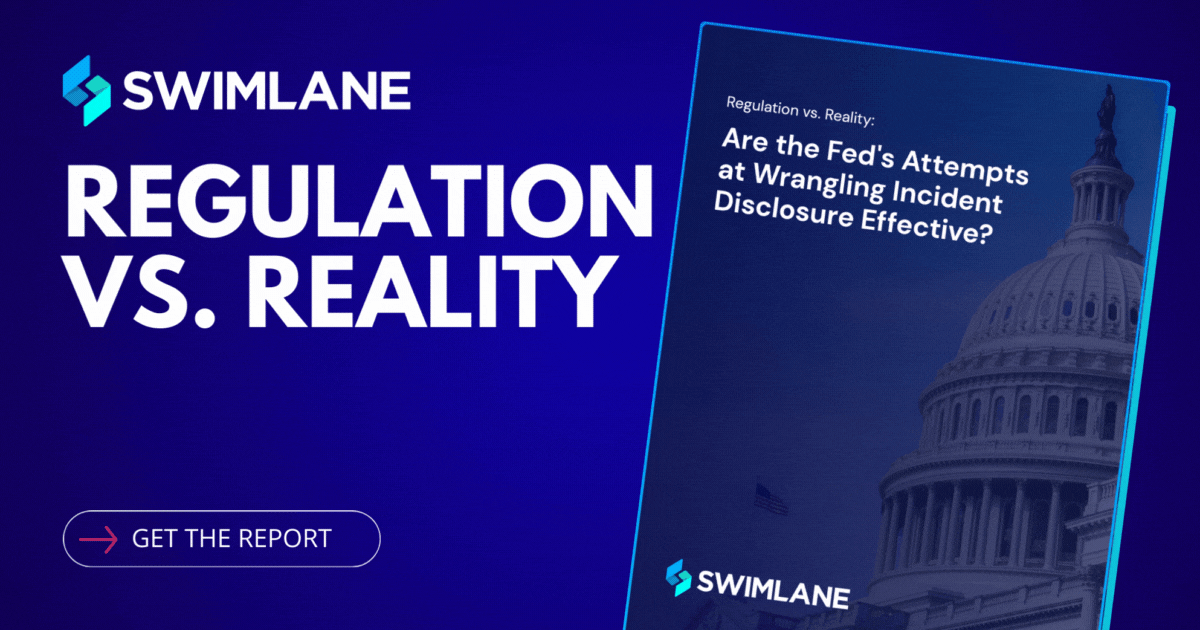What are GRC Automation Deliverables?
In the realm of Governance, Risk, and Compliance (GRC), automation plays a pivotal role in managing and demonstrating the effectiveness of controls. GRC can mean a lot of things. Automation can mean a lot of things. In this post I’m going to explain the way I think about GRC automation.
Here’s a breakdown of key GRC automation deliverables and their significance:
Audit Evidence
Audit evidence is crucial for proving the design and effectiveness of controls. Depending on the control, this evidence can take various forms:
- Policies and documentation: Often the starting point, providing the framework for controls or the entire design of a control.
- Screenshots of system configurations: Raw evidence showing the actual state of systems. Typically considered technical controls where the configuration proves the design and the effectiveness.
- Report outputs: Such as user access listings or device inventories. Often used to evidence the effectiveness of certain controls.
- Ticketing system logs: A population of records tied to a control activity, such as testing changes or approving access. The most basic example of evidence used to prove the effectiveness of a control.
Most control effectiveness is measured by the ability to demonstrate a population of occurrences, such as the approval and risk assessment of new tools added to the environment in the last year or instances of privileged access granted in your cloud provider, like Amazon Web Services (AWS).
Compliance Monitoring Metrics
Once audit evidence is collected, compliance monitoring metrics are essential to demonstrate coverage over broader compliance postures. Compliance monitoring tools like Drata, Vanta, Anecdotes, or Secureframe are invaluable for:
- Defining security/GRC program requirements.
- Easily accessing corresponding information and evidence for controls.
- Showing the status of all controls tied to frameworks like ISO27001, SOC 2, HIPAA, PCI DSS, NIST 800-53, and GDPR.
Dashboards and Reporting
Dashboards are crucial for presenting compliance and GRC status to executive teams and can even help win deals with customers. They provide a clear, visual representation of compliance coverage across the in-scope frameworks at the organization. Platforms like Anecdotes offer pre-baked compliance dashboards that simplify this process.
Automating GRC Processes
While automating evidence collection is common, automating entire control processes can be more complex yet achievable. Swimlane Turbine provides a powerful automation platform to build custom controls and integrate with existing tools via APIs.
The Key to Success: AI-enhanced GRC Automation
Automating GRC processes with tools like Turbine not only streamline operations but also enhance compliance and risk management. By automating evidence collection and control processes, organizations can achieve greater efficiency and accuracy in their GRC efforts.
Ready to elevate your GRC automation? Learn more about how Swimlane can help you achieve your compliance and security goals efficiently and effectively.

Are the Fed’s Attempts at Wrangling Incident Disclosure Effective?
Download the full research report now to understand how these regulatory shifts are impacting security practices and compliance strategies. Read the report to learn more about how the regulatory environment is impacting cybersecurity strategies, priorities, and budgets.


